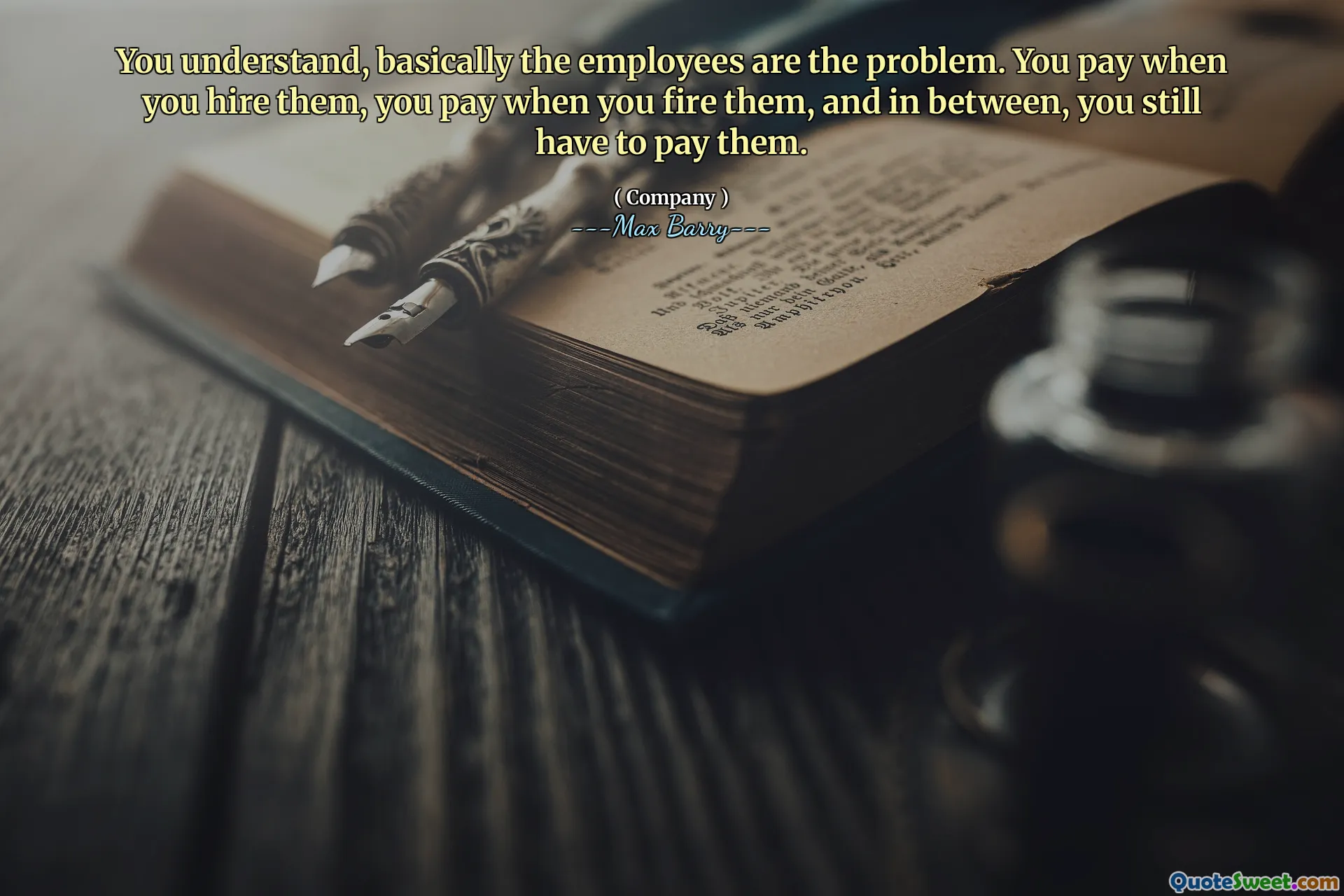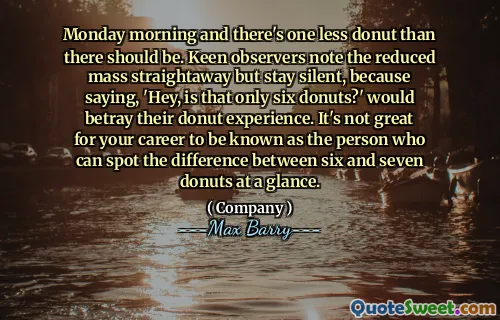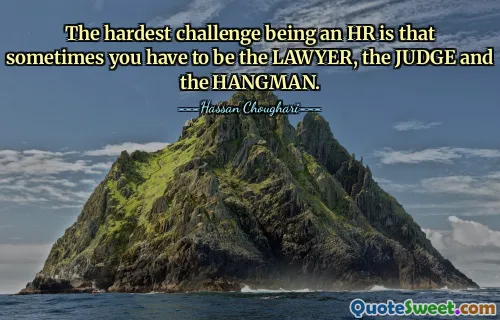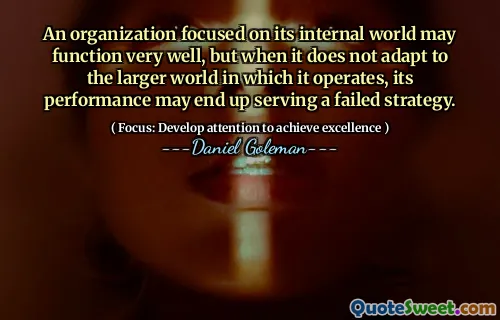
You understand, basically the employees are the problem. You pay when you hire them, you pay when you fire them, and in between, you still have to pay them.
This quote highlights a common challenge faced by organizations regarding employee management and the costs associated with human resources. It underscores that employing people is not just about salaries; it involves a continuous cycle of expenses that can be overlooked or underestimated. The process of hiring may involve recruitment costs, onboarding, and training. Firing employees, often a complex and sometimes costly process, includes severance pay, legal considerations, and potential disruptions to the workplace. Even during their employment, employees incur costs—wages, benefits, healthcare, ongoing training, and the effort required to keep them engaged and productive.
From a broader perspective, the quote prompts a reflection on the true cost of employment and whether the investment in staff always yields proportional benefits. It pushes managers and business owners to consider strategic decisions about workforce management, including whether their labor costs are aligned with their overall business goals. It also raises questions about the importance of proper hiring practices, the need for robust employee development programs, and the value of fostering a positive work environment that minimizes turnover and associated costs.
Understanding these financial implications can help organizations make smarter, more efficient decisions. It encourages a comprehensive view of human resources—not just as a variable expense but as a vital part of organizational success that demands careful management and strategic planning. Overall, the quote provides a sobering reminder about the true cost of human capital and the importance of viewing employees as investments rather than merely expenses.
(Company) ---Max Barry---



